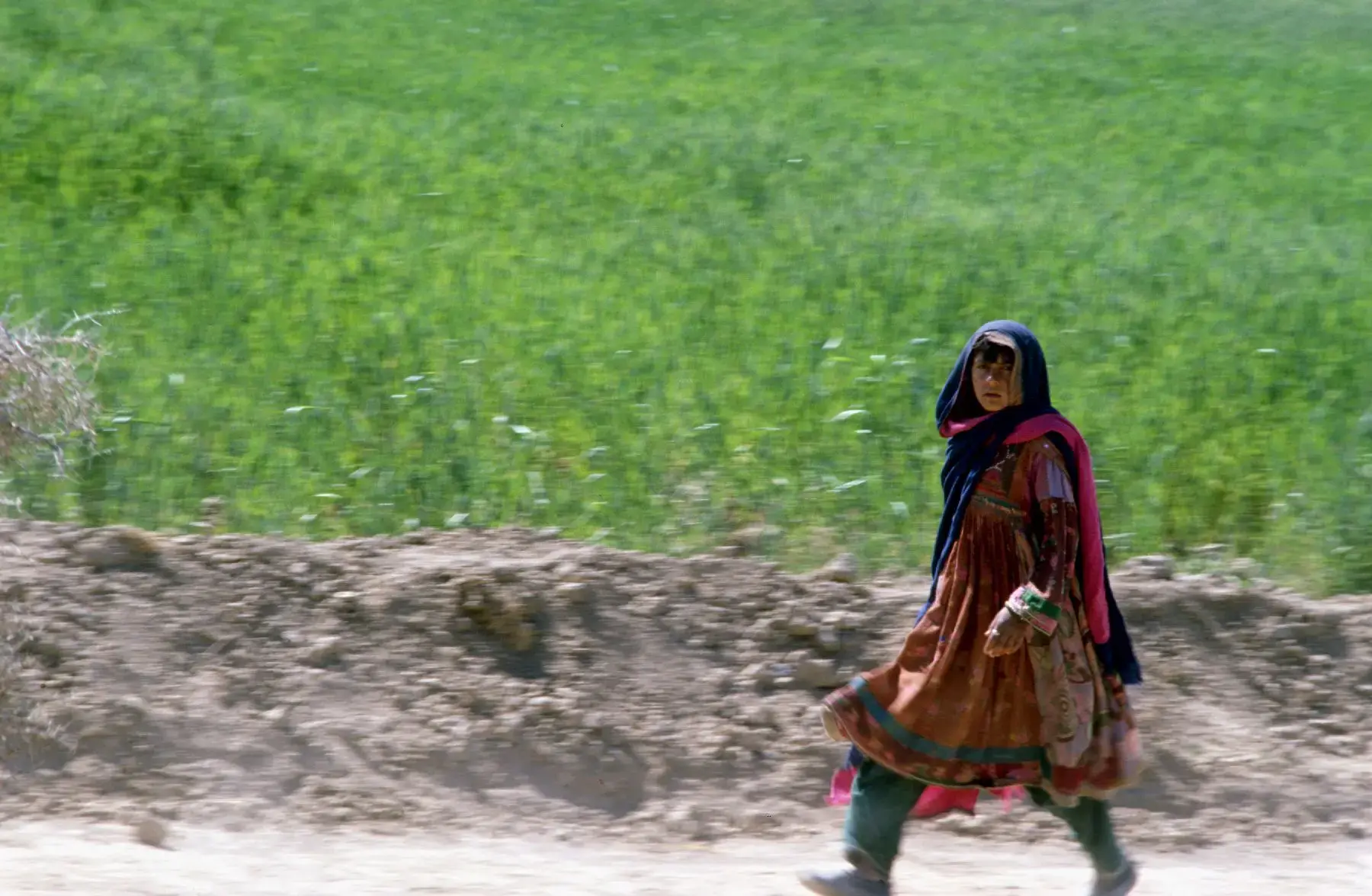Migration and urbanization has had strong effects on the economy and the development of Pakistan, including changes in labour market opportunities, family structures, education, health and environment management, security systems and governance. The influx of urban migration makes it imperative to undertake studies that help understand its impacts on the dynamics of Pakistan’s population.
Since 1980, the number of people living in urban areas has tripled, from 22.4 million to 75.6 million in 2017. It is estimated that urban population is likely to increase from 32 per cent as of the 1998 Census to 50 per cent by 2030 (Haider, 2006). In addition, 12 per cent of the population is internal migrants, with about one-third of them having migrated in the past ten years (based on pooled samples of Labour Force Survey data for 2005-06, 2006-07 and 2007-08, Mahmud, Musaddiq and Said, 2010).
Limited employment opportunities, low rates of infrastructural investments in the public sector and volatility of the agricultural industry are causing a large exodus of rural populations to major urban centres, particularly for the young and educated. Unsustainable population growth in urban areas have resulted in a rise in poverty and gaps in inequality.
Gathering evidence on migration and urbanization is crucial to better understand the impact on Pakistani’s population and development. UNFPA recently completed a study on the State of Internal Migration and Urbanization in Pakistan: Trends and Consequences, which aimed to analyze available data and promote awareness with stakeholders. In addition, UNFPA advocates for comprehensive development policies that help plan for drastic changes to population and provides recommendations adapted to the socio-cultural, economic and political development of Pakistan.
Factors in migration and urbanization: Natural disasters, climate change and conflict
Evidence has shown that natural disasters, climate change and conflict are contributing factors to internal migration. The floods of 2010 placed large numbers of farmers in vulnerable positions, forcing some to move to the cities for alternative work.
The war on terror and cross-border terrorism has unfortunately had major consequences for internal migration, bringing instability to KP, FATA and Balochistan regions. These are areas where limited resources have had to be shared with Afghan refugees and internally displaced people from Malakand division and FATA. This displacement and conflict has significantly impacted internal migration from FATA to KP and other provinces. Many people have moved to Peshawar, DIK, Tank, Hangu, and Kohat, thereby raising demand for facilities and health, education and accommodation services. No planning and resources were in place to cater for these migrants. Many displaced persons have also moved into other parts of the country like Lahore, Karachi and Islamabad.
UNFPA’s role
UNFPA works with the Government of Pakistan to better document migration data that can help improve national development plans. In addition, UNFPA continues to advocate for the sexual and reproductive health needs of refugees and internally displaced people, women and youth to be met.


